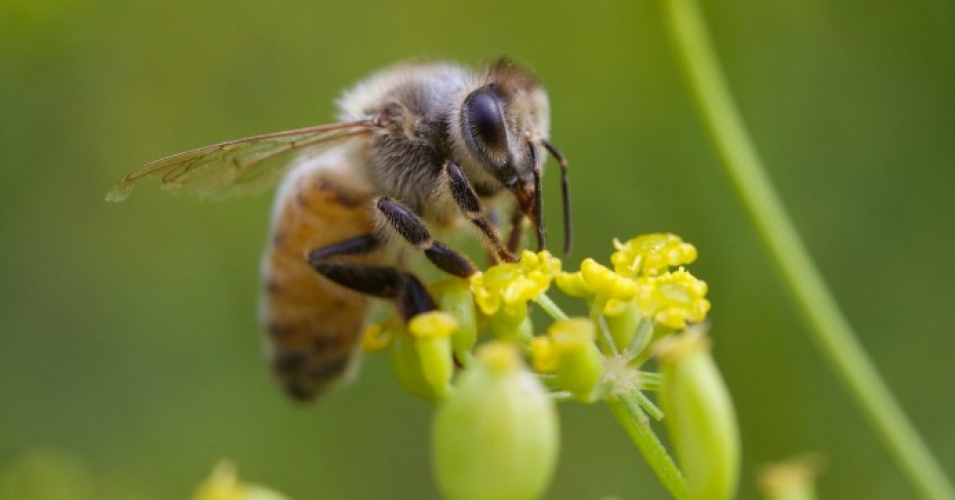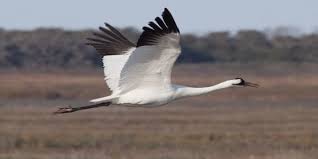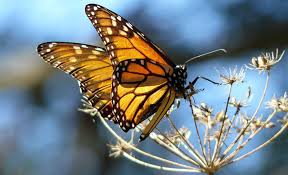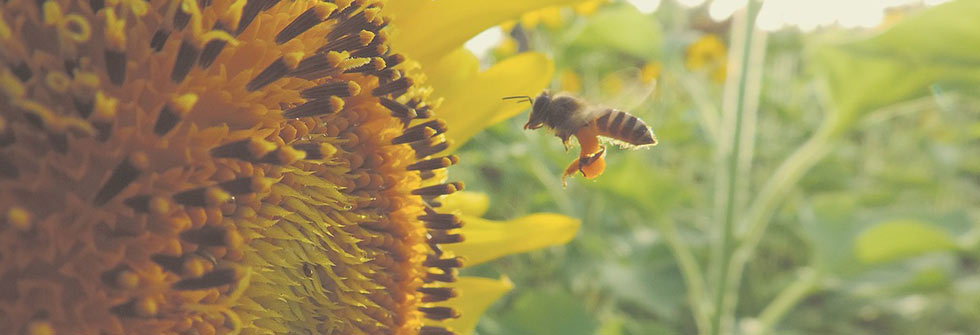Due to climate change, the increased use of pesticides and a range of other causal factors, bee populations have decreased steadily over the past years.…

Endangered Species Act

The Environmental Protection Agency on Thursday published two bee-related announcements, but with both, say environmental groups, the agency has failed the pollinators. One was its…

Bees are struggling for survival, so I try to do my part to help. First order of business: Provide water and never use chemicals. This…

The U.S. Environmental Protection Agency (EPA) has released its first-ever analysis on the effects of three common pesticides—chlorpyrifos, diazinon and malathion—on endangered and threatened species and designated critical habitat nationwide. The resounding conclusion?…

A new study (abstract below) has found that the monarch butterfly population in the US has “a substantial probability of quasi-extinction, from 11–57% over 20 years”. The…

Fish species ranging from endangered Delta Smelt to Striped Bass continued to plummet to record low population levels in 2015 in the Sacramento-San Joaquin River…

From seabirds to whales to antelopes to starfish, animal die-offs across the globe are raising alarm about the deadly impact of climate change on the…

Dr Gerardo Ceballos is one of the world’s leading ecologists, and is a professor at the Institute of Ecology at National Autonomous University of Mexico.…

Noah Greenwald is the Endangered Species Director for the Center for Biological Diversity. He directs the Center's efforts to protect new species under the Endangered…

Diana Beresford-Kroeger, a botanist, medical biochemist and self-defined "renegade scientist," brings together ethnobotany, horticulture, spirituality and alternative medicine to reveal a path toward better stewardship…

WASHINGTON— Over the past five years, Republicans in Congress have launched 164 attacks on the Endangered Species Act — a 600 percent increase in the…

On 15 April 1912, the 'Titanic', the largest ship afloat at the time it entered service, sank in the North Atlantic Ocean after hitting an…
